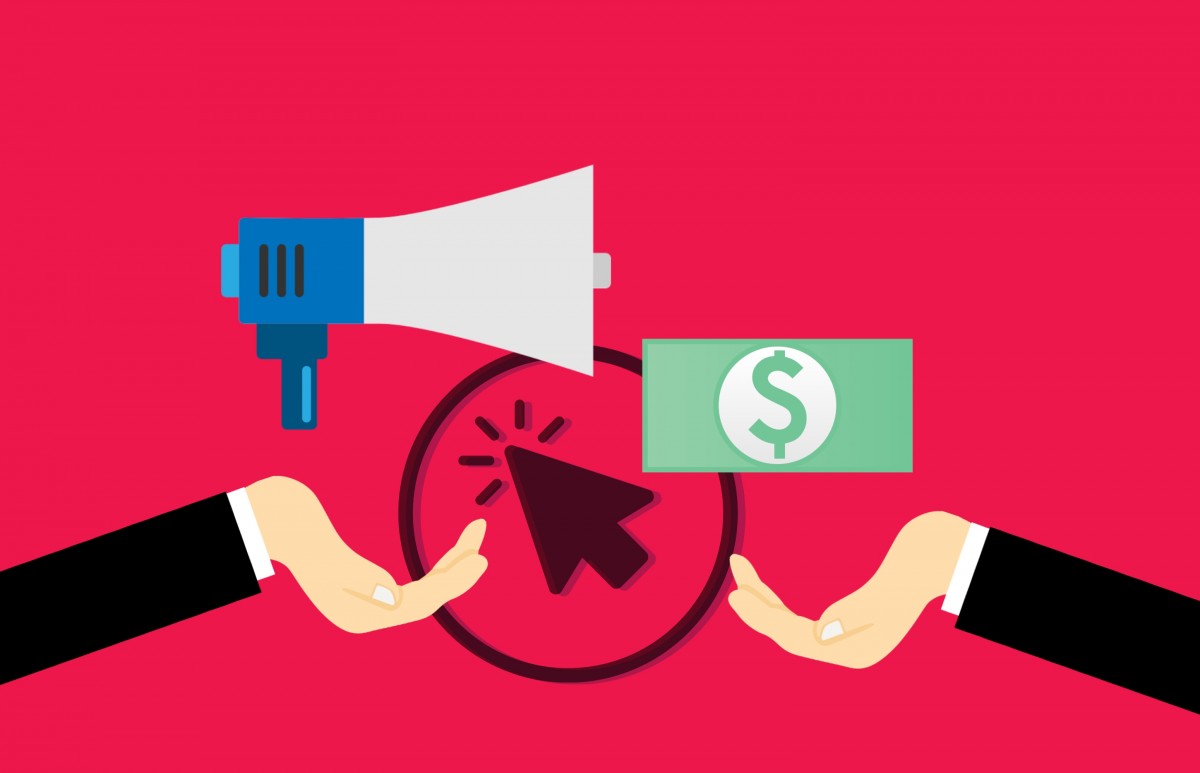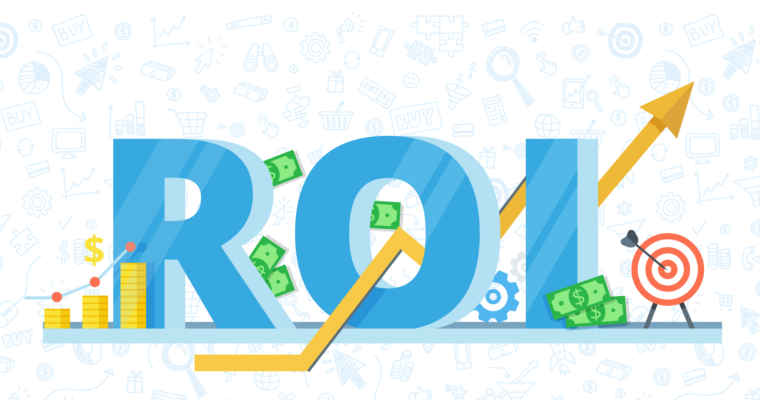
Unfortunately, marketing is often wrongly placed as an expense rather than an investment. Other times, marketing is seen as something that should be done if there is money left over, rather than a first priority, or ignored completely. This usually happens due to a fear of wasting money, so we decided to write a blog post on how you can avoid that…
There’s a famous quote by John Wanamaker that goes, “over half of my advertising budget is wasted… I just don’t know which half”. Sadly, this is all too common today, as too many people are investing in subpar marketing opportunities, which lead to nothing or very little in return, forcing them to write off marketing completely.
The reality is, is that there is such a thing as good marketing and bad marketing.The trick is differentiating the two and finding the right one for your business because good marketing and bad marketing is subjective; it is relevant to your particular business and the industry and customers you serve.
That said, there are some flat out blanket forms of bad marketing, so let’s have a look at them so you can avoid them and save those precious pounds.
#1 AVOID FAKE MARKETING

Fake marketing tends to be brand awareness marketing disguised as direct response.What does that mean? Brand awareness marketing is all about increasing your reach or the number of customers that you get in front of, and essentially educating people about your brand and about your business. This isn’t bad in itself. On the other hand, you have direct response marketing and this is marketing that is incredibly direct, as the name implies, where you’re going out there and putting marketing in front of your ideal customers and expecting them to take action, which you’re going to use and measure to determine the effectiveness of the strategy.
Now, where the fake marketing comes into play, is when this brand awareness marketing gets disguised as direct response. This sort of thing is usually done by junior agencies or those kind of new to the business and aren’t particularly sure about the differences or how to properly position them inside your business. What this means, is that business owners often get sold grand promises of increasing sales, and increasing revenue and bringing in more leads, clients and customers, when what’s really being done is brand awareness style tactics, which really aren’t going to equate to sales at the end of the day.
Now, of course, brand awareness marketing is important: reaching more customers, increasing engagement, building relationships, etc., is all incredibly valuable, but where things start to fall short is if these don’t equate to more leads, customers and sales. And ultimately if you’re not increasing your revenue, your marketing isn’tdoing a good job… hence, fake marketing.
#2 AVOID VANITY METRICS

Vanity metrics work right alongside fake marketing. You see, marketing campaigns that are there to drive shares and drive likes on the page and drive engagement with your content, are all good things, but at the end of the day are they equating to actual revenue and customers coming in the door? Probably not.
The other problem with vanity metrics is they often provide a false sense of security leading you to believe your marketing is actually working when, in reality, it’s not. If this is the direction that your marketing is currently heading, you’re much better off just taking a step back, re-evaluate everything, and form a more strategic direction moving forward.
#3 AVOID UNACCOUNTABLE MARKETING
This essentially equates to any kind of marketing that’s just made randomly or off-the-cuff, or simply as a response to an opportunity that comes across your plate. Another way to look at this is as a random act of marketing, rather than making a decision strategically and ensuring that it’s the right fit for your brand, your business, and your customers.
The problem with unaccountable marketing and just sort of reacting to whatever opportunity comes your way, is first of all, you’re not sure if they’re good opportunities or not. And second of all, even if they happen to be, you probably don’t have the measures in place in order to determine their effectiveness, so if they work you can do more and if they don’t work, you can stop them before bleeding out too much money.
Obviously, the flip side of unaccountable marketing is accountable marketing, which means starting with a clear plan in mind, getting a goal and then working backwards from that in order to help achieve your objective.
#4 INVISIBLE ROI

Invisible ROI (Return on Investment), is essentially the return on investment that you get that isn’t directly attributable, or linkable, to any one source. What this means is, at the end of the day, though it’s great to be able to attribute a click, a sale, or website visit to a customer, sometimes the lines get a little but blurred, and it is hard to draw a clear distinction between what campaigns are responsible. This is especially true if you’ve got a multi-faceted campaign with all sorts of different touchpoints and enabling you to get more content out in front of your ideal customers. Maximising ROI properly requires a more nuanced approach.
